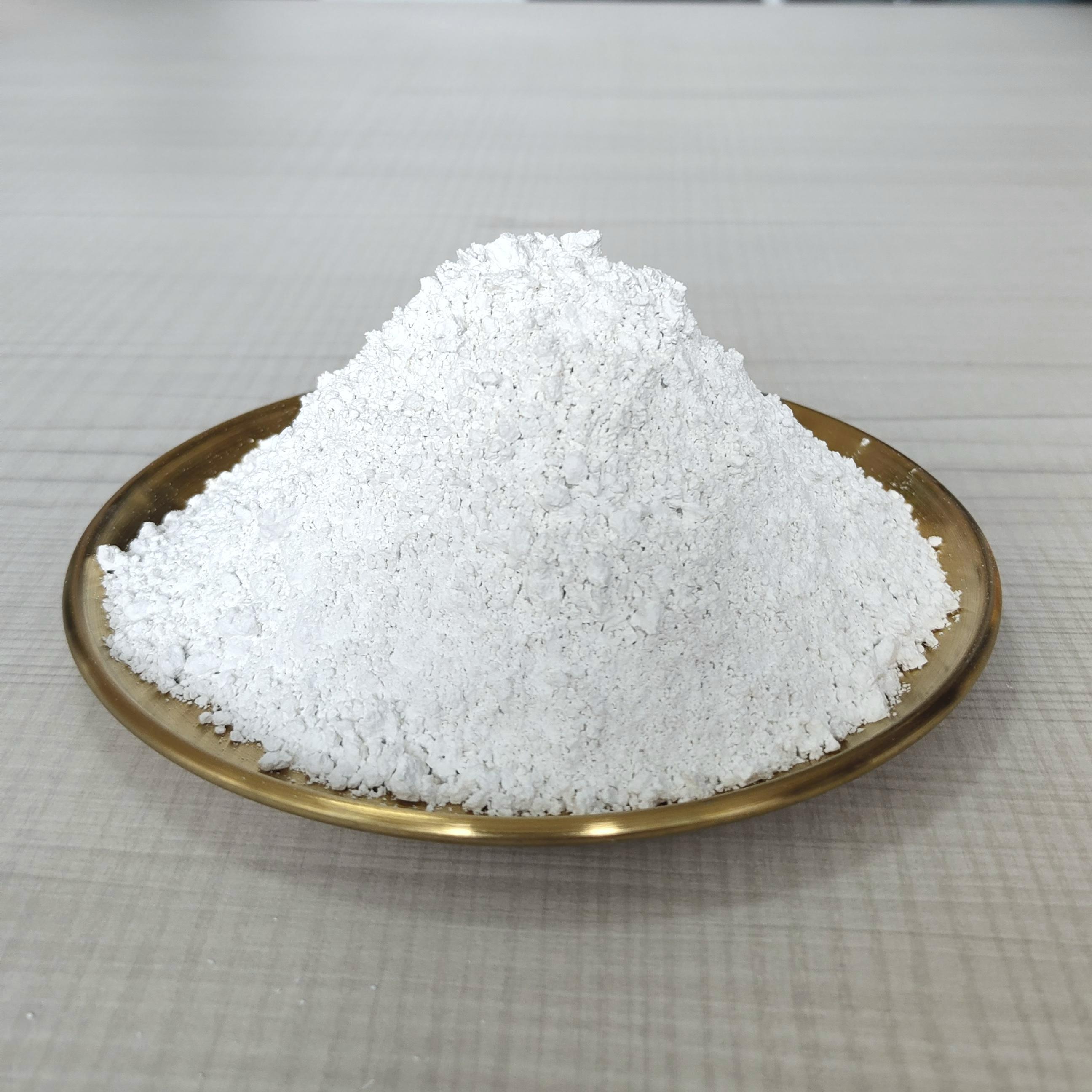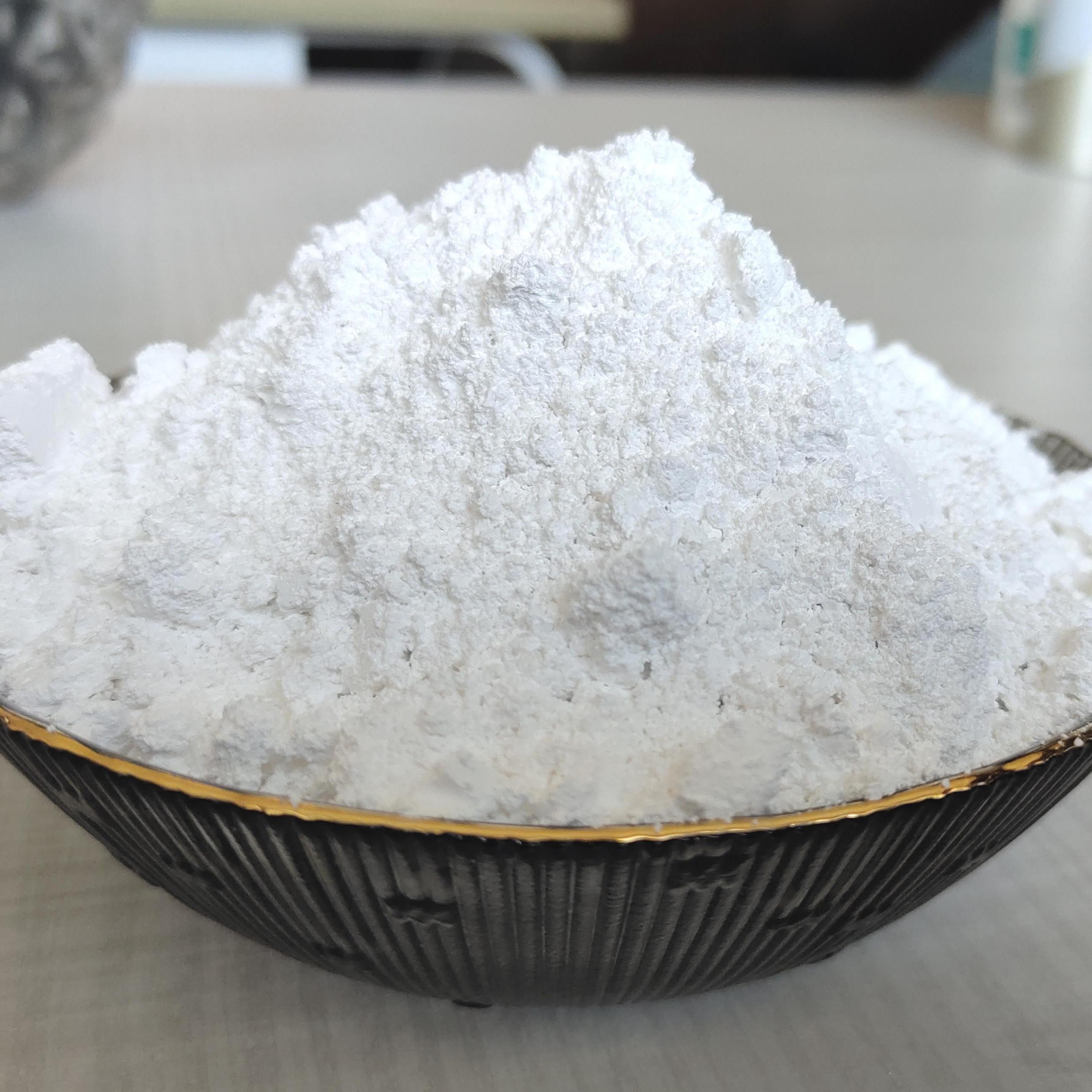26
2025
-
06
Unlocking the Potential of Quality Ultrafine Nano Calcium Carbonate in the Chemical Industry
In the realm of chemical manufacturing, particularly in the pigments and dyes sector, the demand for high-performance materials continues to grow. One such material that has garnered significant attention is quality ultrafine nano calcium carbonate (NCC).
Ultrafine Nano Calcium Carbonate Transforming Pigments & Dyes
In the realm of chemical manufacturing, particularly in the pigments and dyes sector, the demand for high-performance materials continues to grow. One such material that has garnered significant attention is quality ultrafine nano calcium carbonate (NCC). This compound, characterized by its incredibly small particle size (typically less than 100 nanometers), offers unique properties that enhance the performance of various formulations.
Quality ultrafine nano calcium carbonate operates on the principle of its high surface area-to-volume ratio. This attribute allows for improved dispersion within materials, leading to enhanced color intensity and opacity when used in pigments and dyes. The fine particle size also contributes to increased brightness and whiteness, which are crucial properties for achieving vivid colors in paints and coatings.
One of the primary advantages of using ultrafine NCC is its ability to improve the mechanical properties of the end products. For instance, in paint formulations, the incorporation of quality ultrafine nano calcium carbonate can increase viscosity and stability, reducing the risk of settling and enhancing shelf life. Additionally, it can enhance the durability of coatings, making them more resistant to abrasion and weathering.
Moreover, ultrafine NCC is eco-friendly and often derived from sustainable sources. Its use aligns with the growing emphasis on environmentally responsible practices within the chemical industry. By substituting traditional fillers with ultrafine NCC, manufacturers can reduce the carbon footprint of their products while maintaining or even enhancing performance.
In the context of regulatory compliance, quality ultrafine nano calcium carbonate is generally recognized as safe for use in various applications, including those that adhere to strict environmental and health standards. This makes it an attractive option for manufacturers who are seeking to innovate while ensuring compliance with global regulations.
Furthermore, the versatility of ultrafine NCC is notable. Beyond its applications in pigments and dyes, it is also utilized in the production of plastics, rubber, and even pharmaceuticals. This adaptability allows businesses to explore multiple avenues for incorporating this material into their product lines.
In summary, quality ultrafine nano calcium carbonate is more than just a filler; it is a transformative agent that can significantly enhance the performance of chemical formulations. As the industry continues to evolve, staying informed about such innovative materials will empower professionals to make strategic decisions that could lead to improved product offerings and competitive advantages in the market. By embracing the potential of ultrafine NCC, companies can pave the way for future breakthroughs in the pigments and dyes sector.
quality ultrafine nano calcium carbonate
Get in Touch with Us Today

EZ Chemical is one of the best suppliers of calcium carbonate series products in China.
CONTACT US
E-mail: kevin_song@ezchemical.cn
ADD:Room 2008, Building 8, Jinse Yangguang, Xin'an East Road, Xin'anjiang Street, Jiande City, Zhejiang Province, China.



